Pipeline
ECN1028
Type 2 diabetes
What is Type 2 diabetes?
Unlike Type 1 diabetes, which is caused by insufficient insulin secretion due to abnormal functioning of the pancreas, Type 2 diabetes is a chronic refractory disease caused by impairment of the metabolism of sugars as pathological factors create insulin resistance in various tissue cells in the body, ultimately resulting in insulin resistance.
Therefore, in order to overcome insulin resistance in Type 2 diabetes, the pancreas secretes more insulin over a long period of time compared to a healthy person and eventually causes the death of pancreas cells, resulting in Type 2 diabetes patients relying only on insulin administration due to the loss of pancreas function.
What is insulin resistance?
Insulin is a very important hormone that plays various roles, including not only sugar metabolism but also cell survival and energy metabolism in the body.
Insulin binds to insulin receptors scattered in the cell membrane and delivers signals required for its role to cells, maintaining various physiological phenomena in the body through this signal system. Insulin resistance refers to the state in which insulin receptors lose their function due to obesity-induced fat accumulation or long-term exposure to hyperglycemia, rendering them unable to respond appropriately to insulin.
Insulin resistance hinders various physiological phenomena that depend on the presence of insulin in the body, and this eventually leads to various types of diseases. Insulin resistance is known to be the fundamental cause of very scary and severe diseases that cause not only diabetes but also dementia, non-alcoholic hepatocirrhosis, various cardiovascular diseases, cancer, and others.
Mechanism of action
The adiponectin hormone concentration in the blood of patients suffering from Type 2 diabetes or obesity is about 30~60% of that of healthy people, and it has been confirmed that when adiponectin is administered, insulin resistance is significantly improved and blood sugar effectively reduced even at low insulin concentrations, and it is also known to reduce weight. BHD1028, developed as an adiponectin analog, is an innovative medicine designed to increase insulin activation by reducing the insulin resistance of insulin receptors by binding with adiponectin receptors and activating the cell signal delivery system.
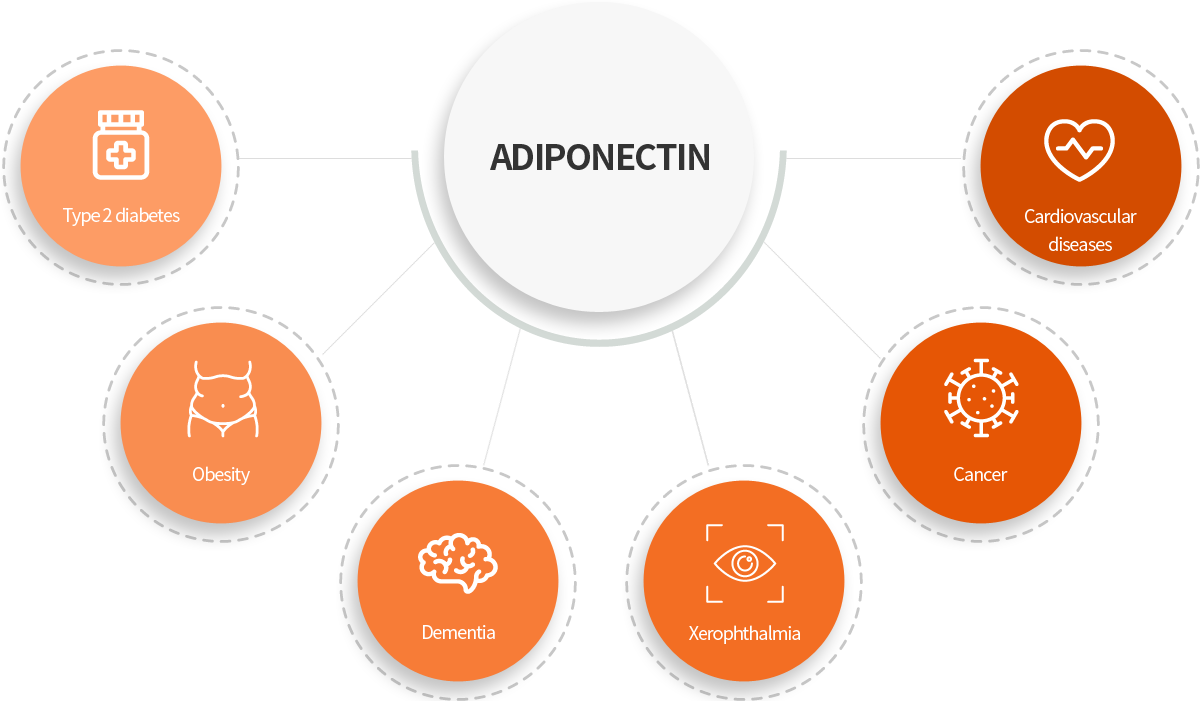

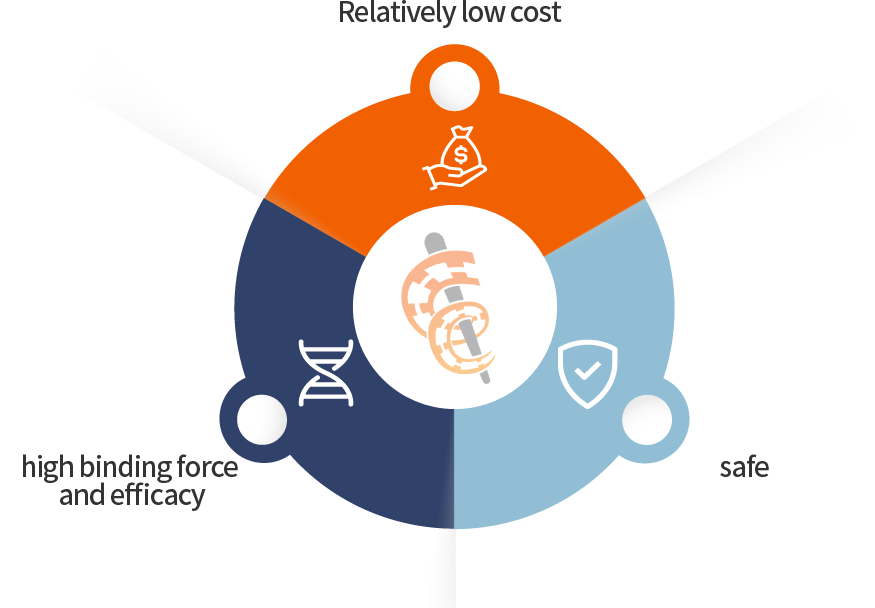
-
A
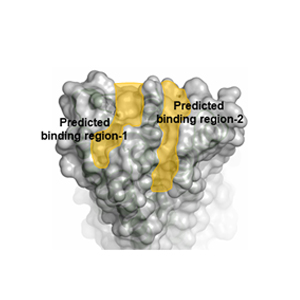
-
B
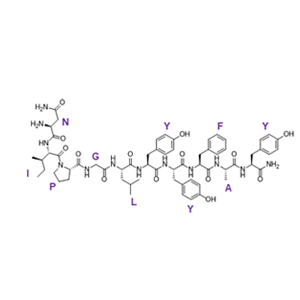
-
C
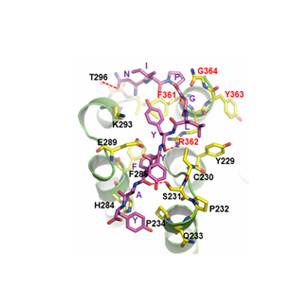
-
D
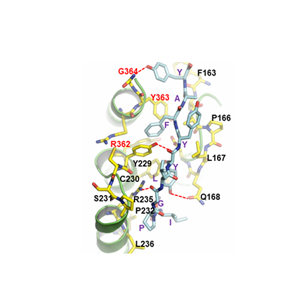
-
A. Adiponectin docking model. Two expected binding sites are indicated in yellow .
(For docking analysis, PDB ID 3WXV was used.) -
B. Amino acid sequence and structure in areas of adiponectin molecular activation
-
C and D. Z-Dock (protein-protein docking) and refinement.
Structure of two binding sites (C, site 1 and D, site 2) coupled with adiponectin
-
A

-
B

-
A. Adiponectin docking model. Two expected binding sites are indicated in yellow
(For docking analysis, PDB ID 3WXV was used.) -
B. Amino acid sequence and structure in areas of adiponectin molecular activation
-
C

-
D

-
C and D. Z-Dock (protein-protein docking) and refinement.
Structure of two binding sites (C, site 1 and D, site 2) coupled with adiponectin





